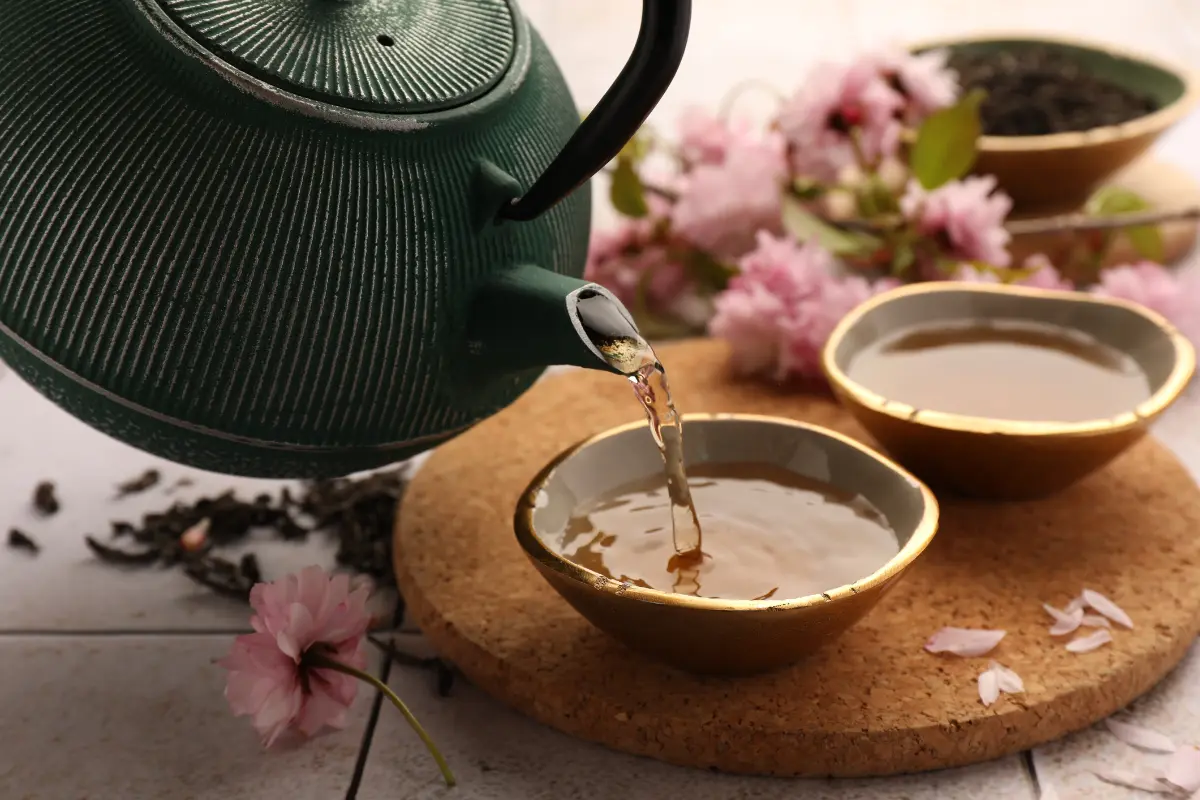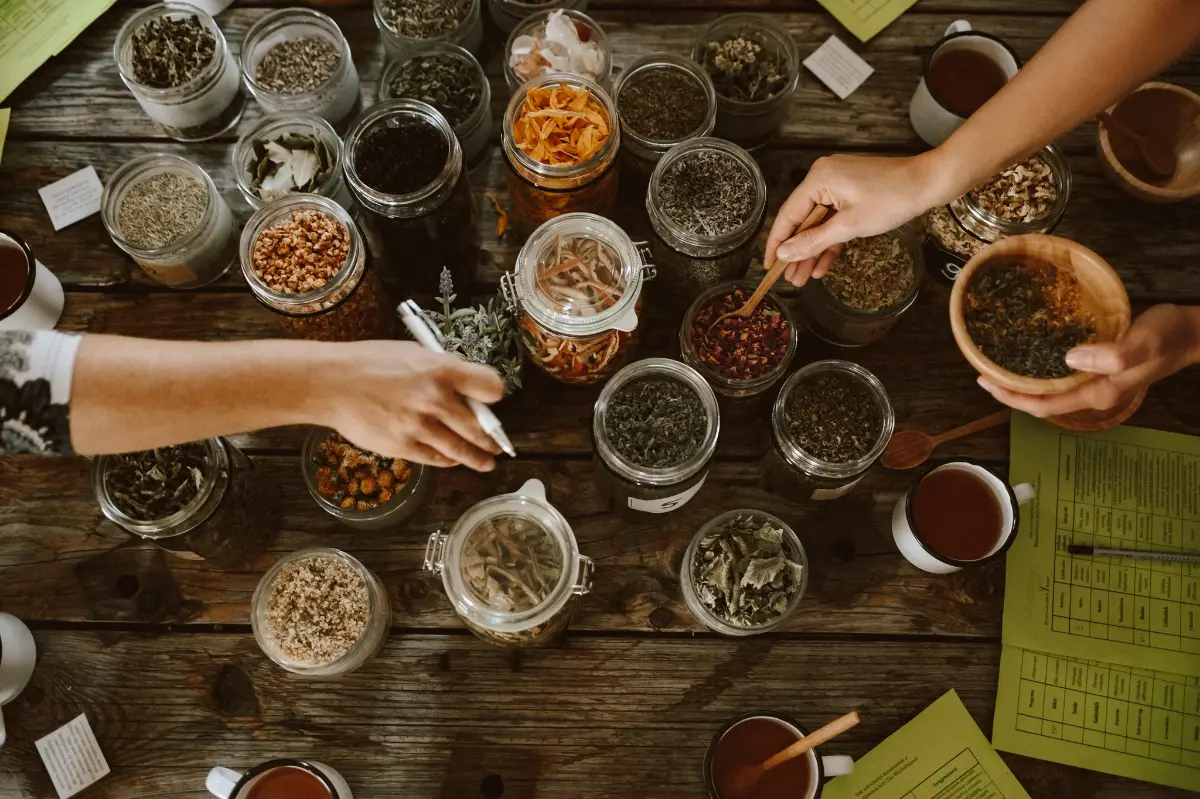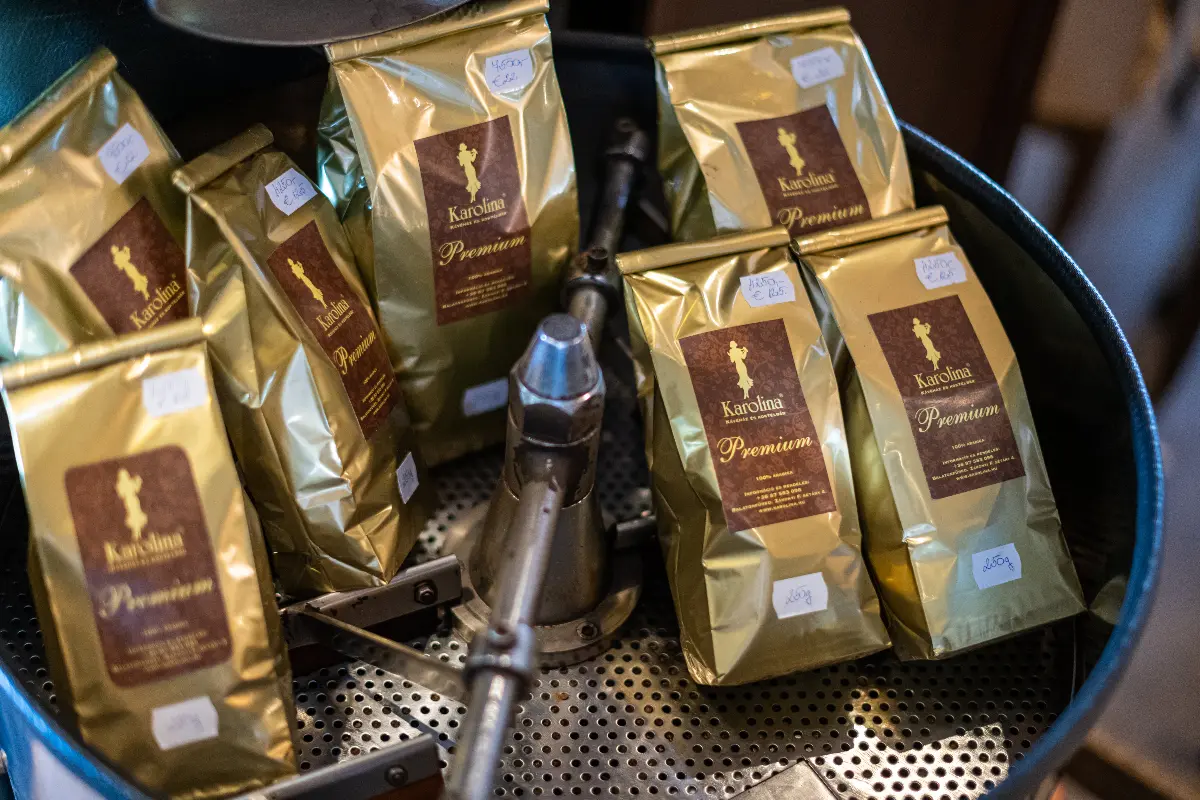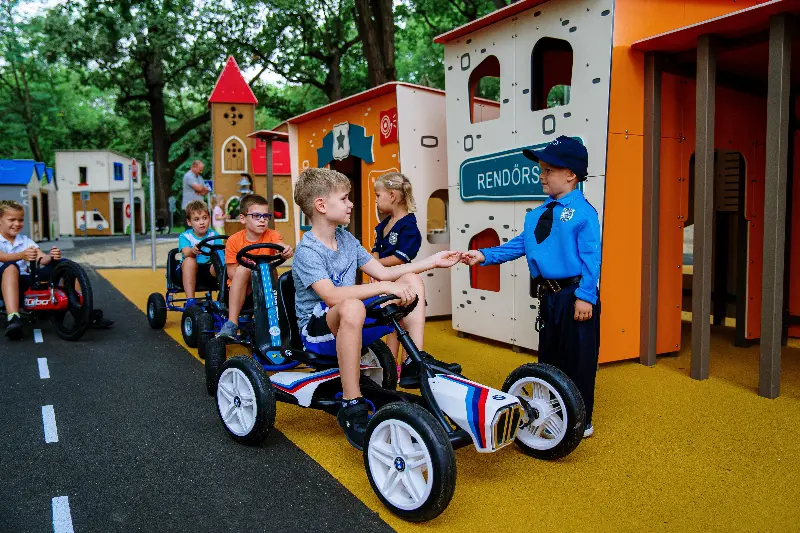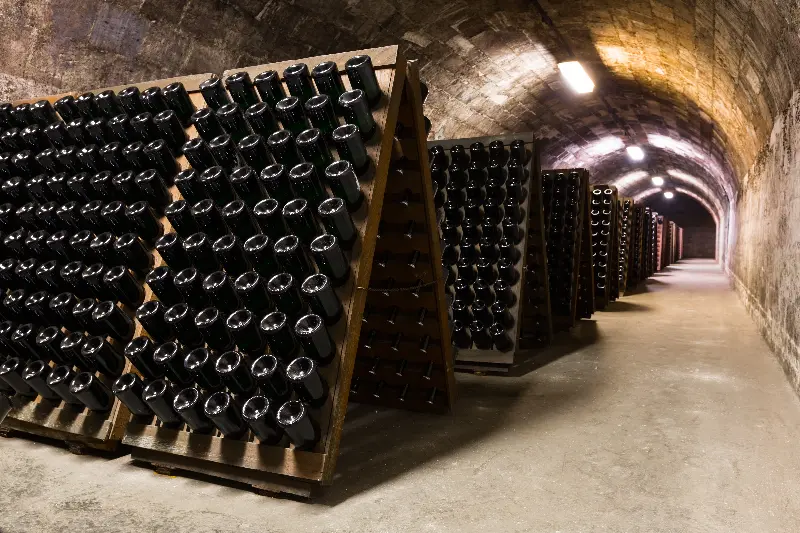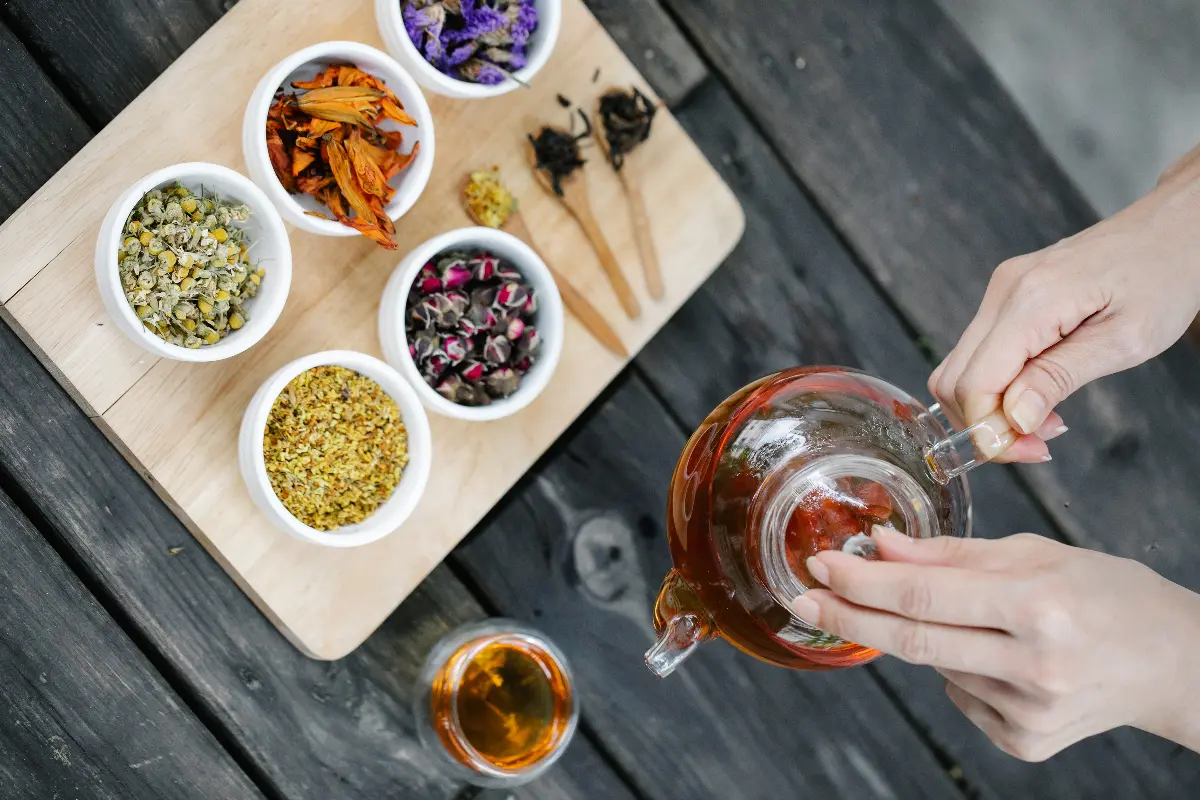
Helyszín címkék:
Do we need the filter? The journey of tea in Hungary
Uzonyi Nóra
Now, let’s close our eyes and imagine our conquering ancestors having a little tea party before the blood oath... we simply can’t do it, right? This is no coincidence, as tea only arrived in Hungary in the 19th century, when trade embargoes were lifted. At first, of course, it was only a privilege for the rich, as the duty on tea imported from the Netherlands was so high that it was almost measured in gold.
Few people know it, but 5 p.m. tea was as popular among the Hungarian aristocracy as it was in England. In time, this hot drink became available also to the bourgeoisie in salons and confectioneries, so if you arrived at the right time, you could “meet” big names such as Artúr Görgey, Kálmán Mikszáth or István Széchenyi, who liked to drink tea in the company of ladies. For those who prefer the sugar-lemon combo, it can be a hair-raising fun fact that some experts believe Görgey drank his tea with salt.

Fashion has made its way even without Instagram
In the 19th century, people didn’t start the tea ceremony by taking photos of meticulously arranged teapots and cups, nor did Instagram, Facebook and TikTok exist to share photos enhanced with a filter (and now we are on the subject). Nevertheless, the atmosphere and serving methods of the Parisian tearooms spread surprisingly quickly to Hungary, where the ladies tried to copy the foreign tea parties exactly. These tea parties, of course, required good quality tea, which was mostly available in specialized tea shops. Actually, these shops also sold a variety of tea biscuits and tea-compatible alcoholic beverages (such as cognac and rum).
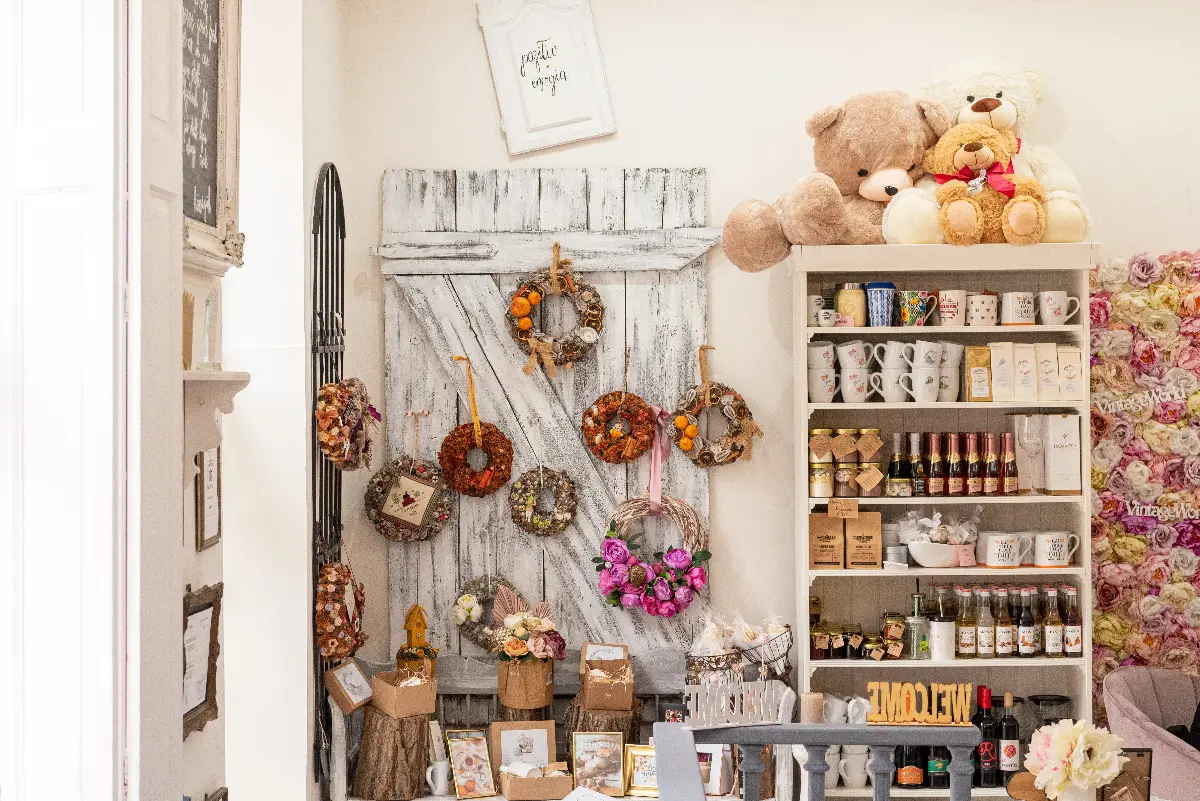
Do it elegantly, with class!
Tea drinking was just as good in the 19th century as it is now. Yet, as time has gone on, the ritual consumption of tea has taken a back seat, perhaps partly because the carefully selected herb teas have been replaced by filtered versions, often of inferior quality. Fortunately, there are still places where you can experience the feeling of tea drinking in peacetime. You can also go to a Chinese or Japanese tea ceremony, but if you want to at least get a taste of the atmosphere of a reform-era tea party, you should look for a pastry shop or coffee house with a long history, such as Karolina Café in Balatonfüred, where you can drink tea in a glamorous setting and even taste their unique blend.

When in Debrecen, visit the Vintage World café, where you can book a complete tea party: the menu for two includes sandwiches and sweet treats.
The rebirth of tea: the success story of matcha
Matcha tea is actually a type of green tea that can be bought ground into powder. The method of preparation is not conventional either: the grind, scattered in a small bowl, is first poured with a little boiling water and then mixed with a special tool until it is lump-free. It can then be poured with the desired amount of hot water.
Matcha latte and iced matcha latte have also been a big hit in recent years, with the majority of them usually made with some kind of plant milk. Most people associate the smell of matcha tea with freshly cut grass, and many say it even tastes like grass. Despite this, the drink has a huge fan base, so it ‘s no wonder you can find it in cafés across the country.

